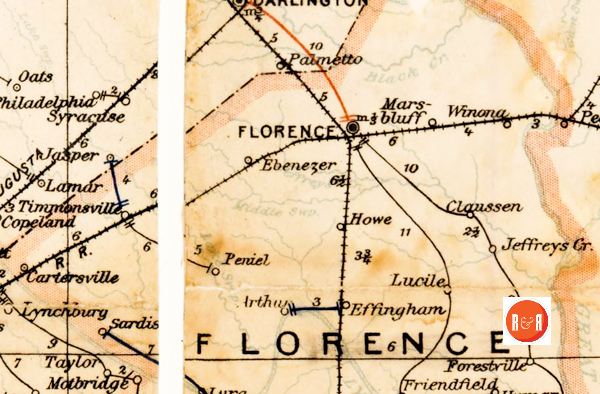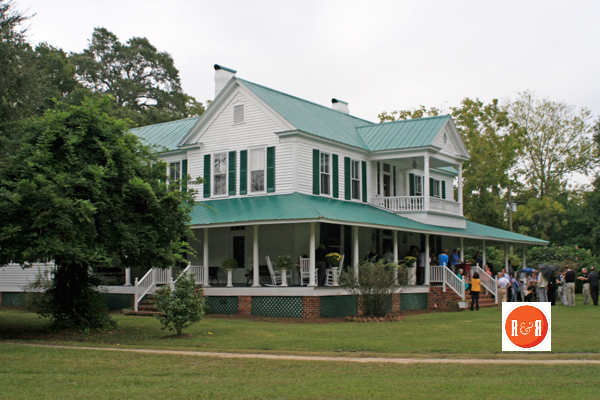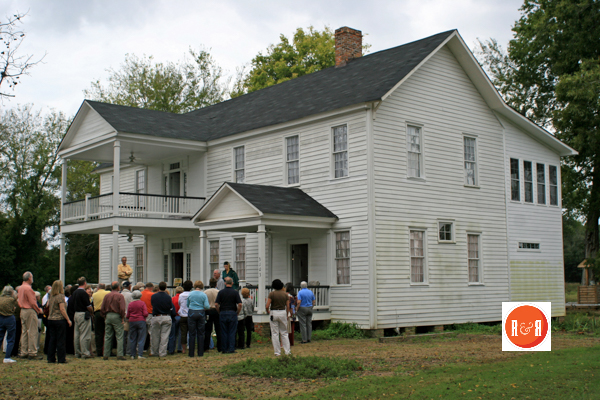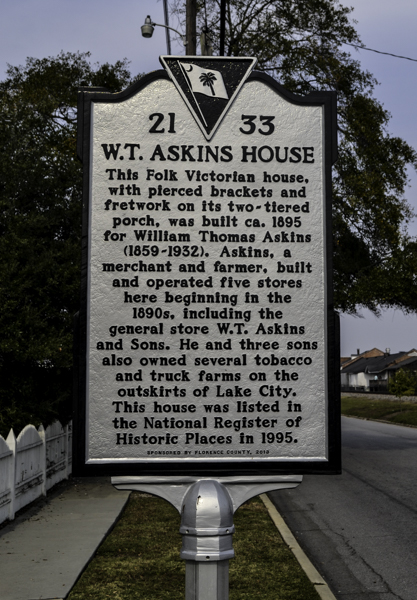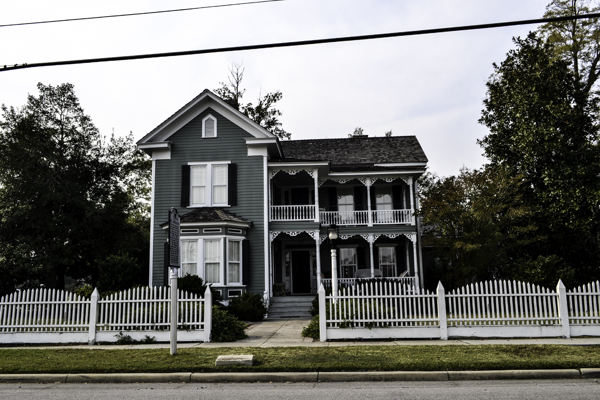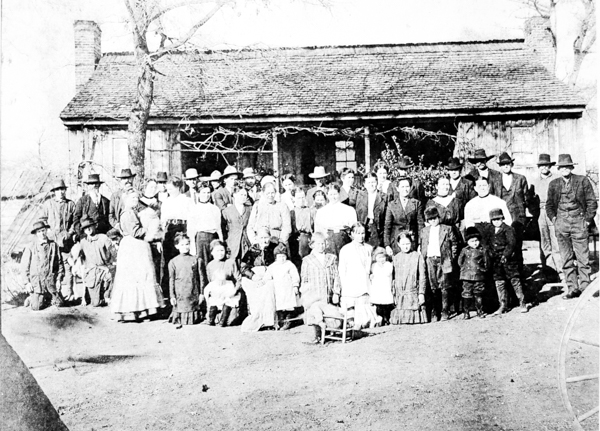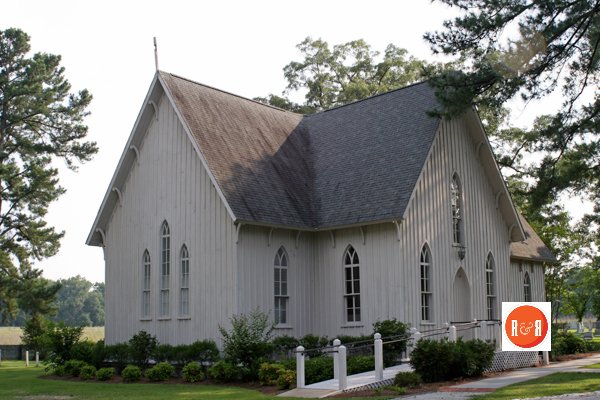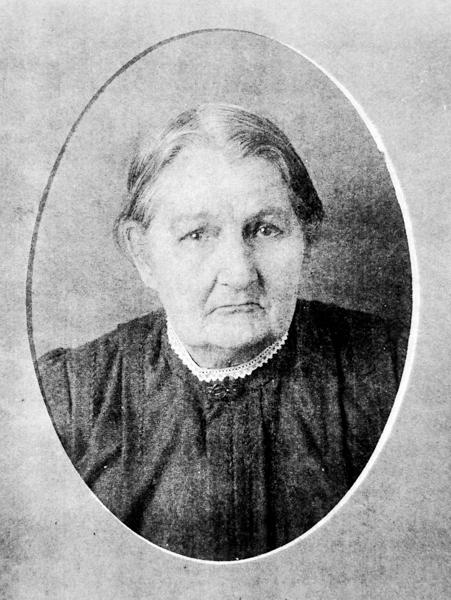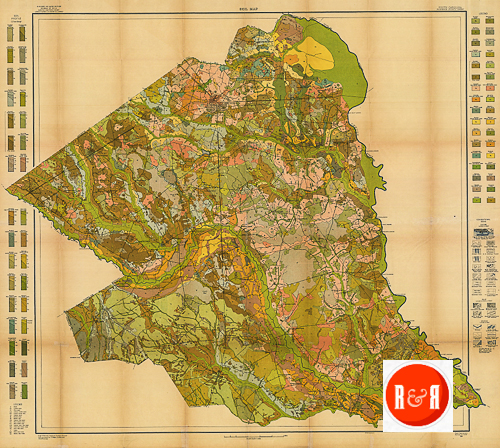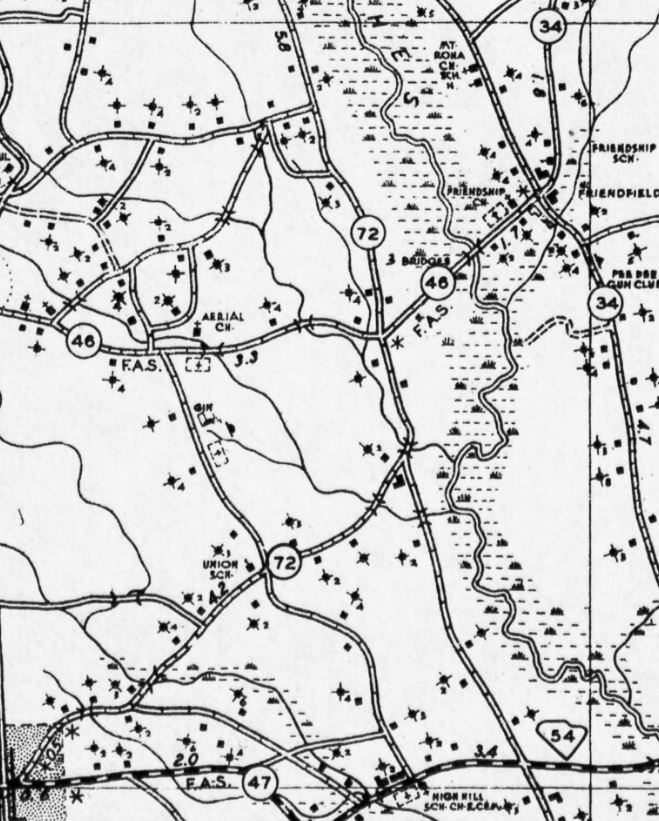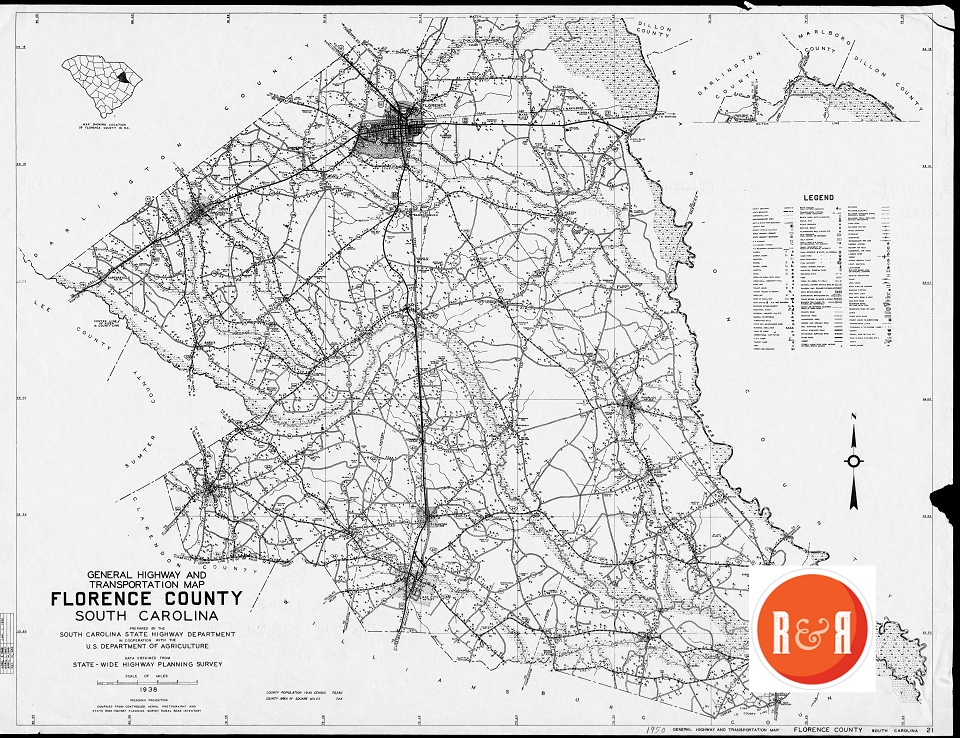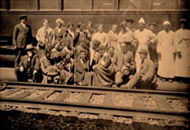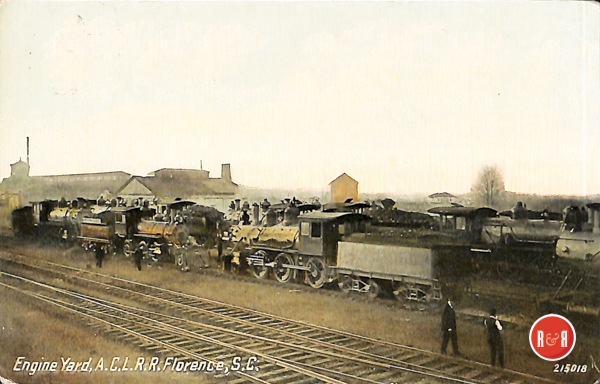
One of thousands of historic addresses – sites, in Florence County and the S.C. low-country, to explore and enjoy on the pages of Roots and Recall! R&R has over 400 pages of local Florence history to enjoy.
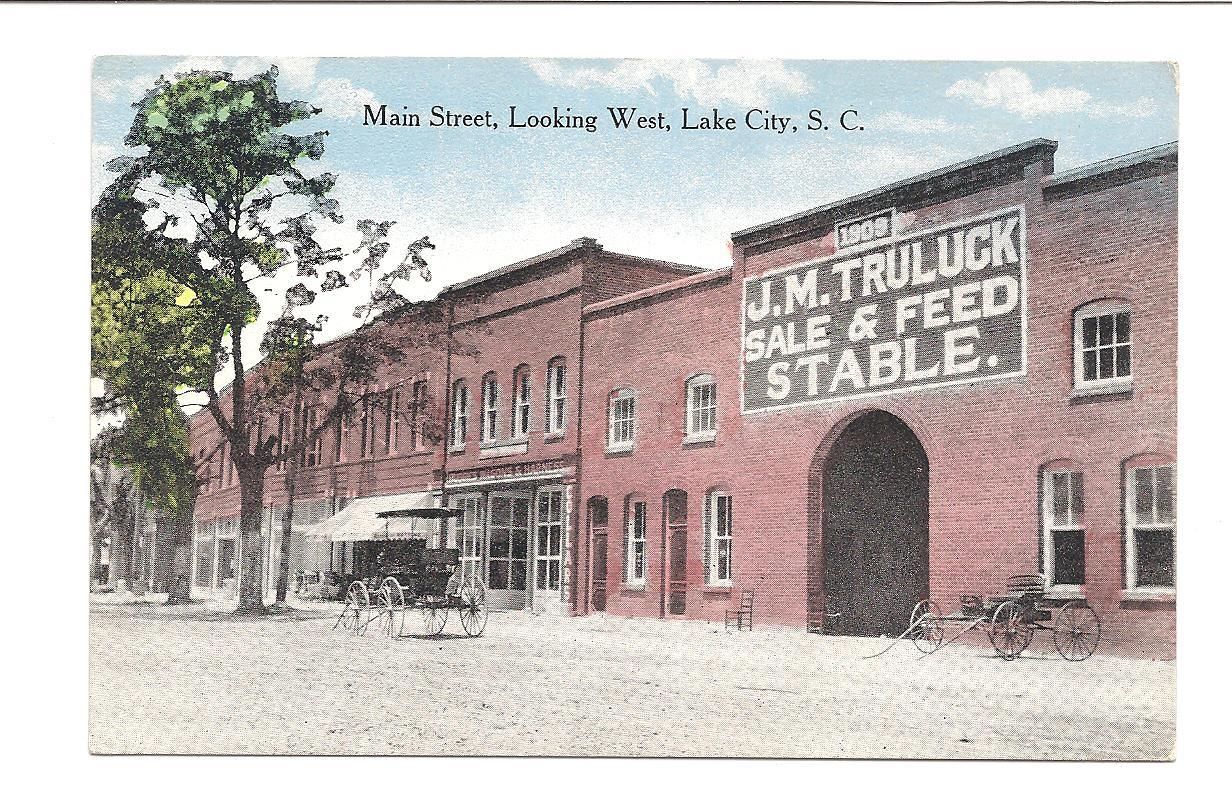
The Truluck Stables – Submission courtesy of R. Myers Truluck, Jr. – 2016
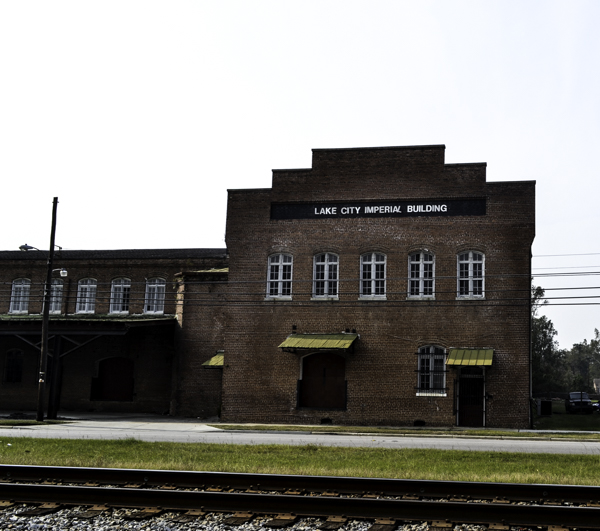
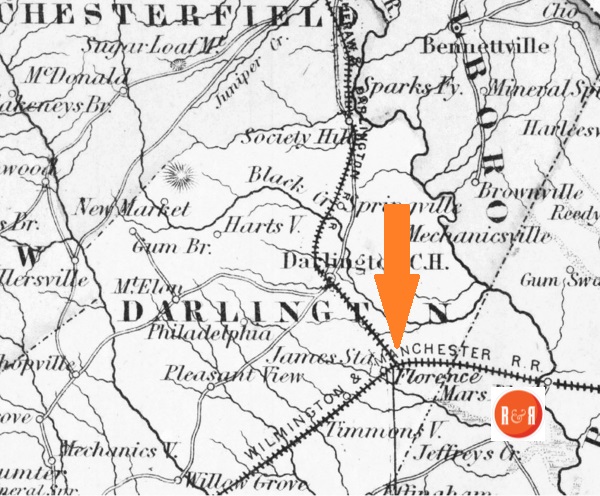
Courtesy of the New York J.H. Colton and Company, 1856; from Colton’s Atlas of the World
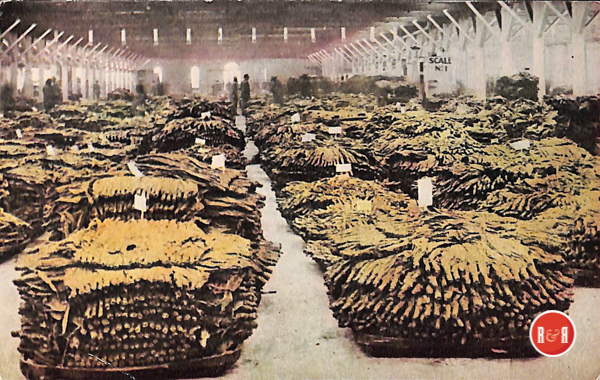
Courtesy of the AFLLC – Pettus Group 2017
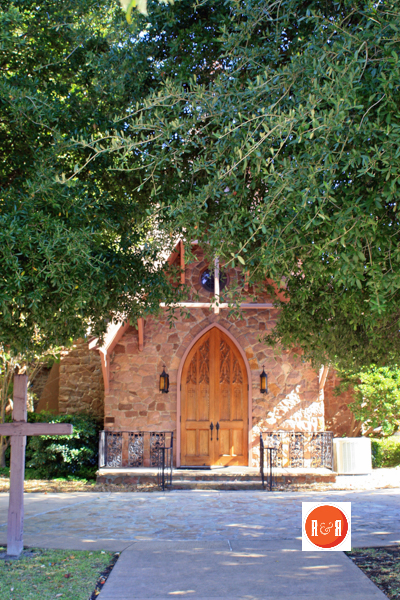

Courtesy of the New York J.H. Colton and Company, 1856; from Colton’s Atlas of the World
Image courtesy of photographer Bill Segars – 2006
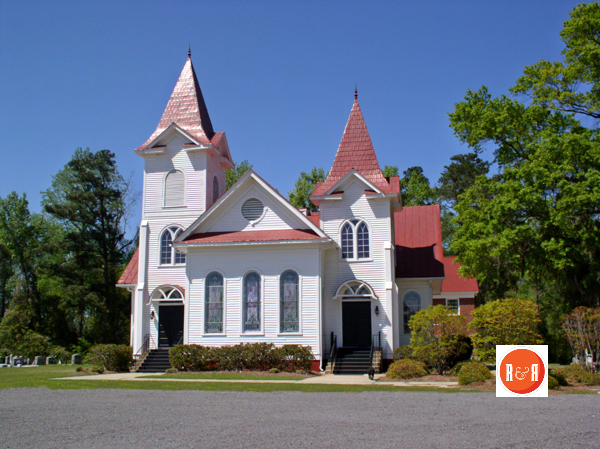

Courtesy of the New York J.H. Colton and Company, 1856; from Colton’s Atlas of the World
Image courtesy of photographer Bill Segars – 2005
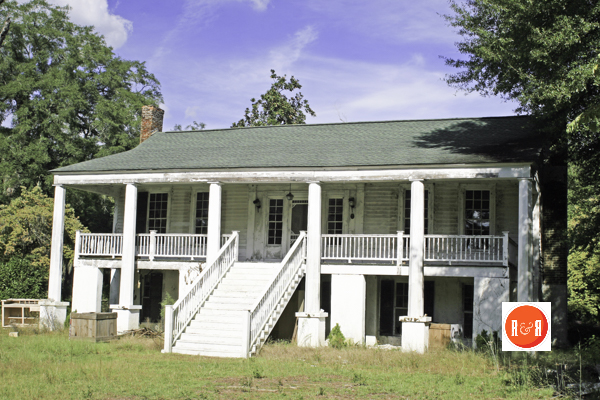

Courtesy of the New York J.H. Colton and Company, 1856; from Colton’s Atlas of the World
Image courtesy of the Segars Collection – 2015
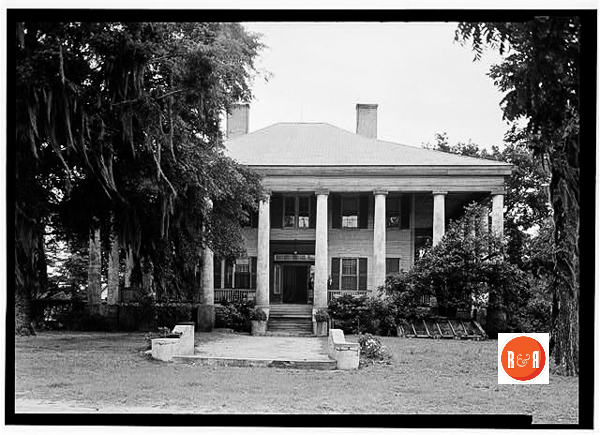
Courtesy of the HABS Collection – Library of Congress
The Greek Revival style developed around 1820 and continued for decades. American interest in the culture of ancient Greece grew from sympathy for the Greek War of Independence (1821-1830) and emerging archaeological finds showing Greece as the earliest democracy. Also, Roman inspired architecture was associated with England, and after the War of 1812, there was a strong desire to shake off English influence and define a new national style. The Greek Revival style has much in common with the Roman Classical Revival style in its reliance on the temple form, front pediment, and classical order columns. There is considerable variation in the public and private buildings designed in this style. Some buildings appear to be Greek temple replicas and others simply use the temple shape and form with distinctive details. There are many more surviving examples of the Greek Revival style than the Roman Classical Revival style, because the later Greek Revival style was far more popular and wide spread. Courtesy of the Penn. Arch. Field Guide – Website
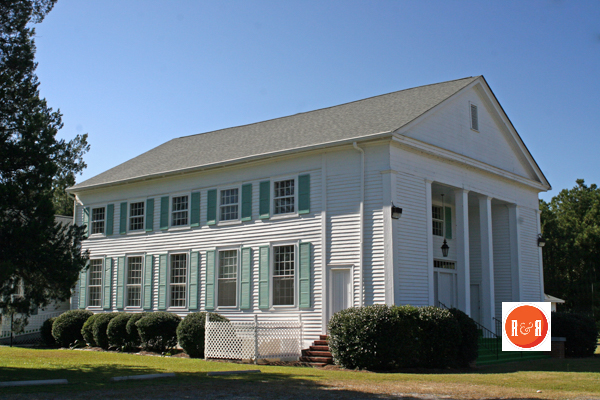
Image courtesy of photographer Bill Segars – 2005
The Greek Revival style developed around 1820 and continued for decades. American interest in the culture of ancient Greece grew from sympathy for the Greek War of Independence (1821-1830) and emerging archaeological finds showing Greece as the earliest democracy. Also, Roman inspired architecture was associated with England, and after the War of 1812, there was a strong desire to shake off English influence and define a new national style. The Greek Revival style has much in common with the Roman Classical Revival style in its reliance on the temple form, front pediment, and classical order columns. There is considerable variation in the public and private buildings designed in this style. Some buildings appear to be Greek temple replicas and others simply use the temple shape and form with distinctive details. There are many more surviving examples of the Greek Revival style than the Roman Classical Revival style, because the later Greek Revival style was far more popular and wide spread. Courtesy of the Penn. Arch. Field Guide – Website
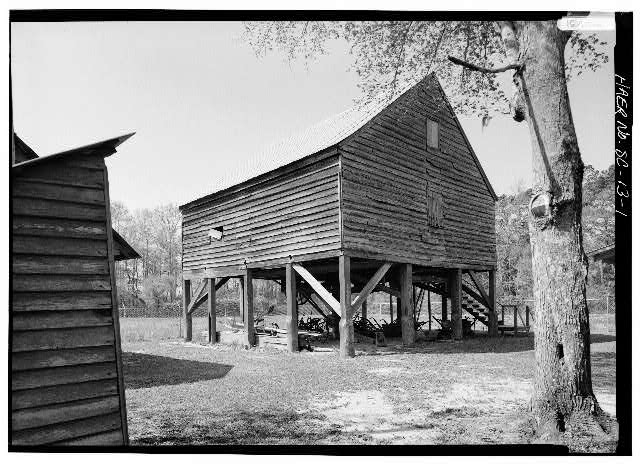
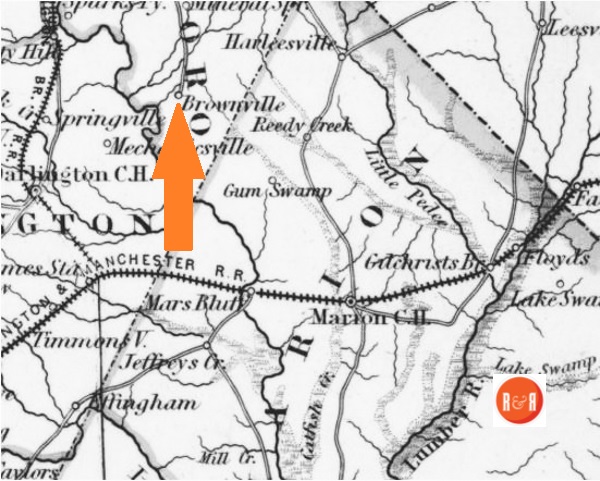
1852 Map of SC showing the location of Browntown.
Images(s) and information from: The Library of Congress – HABS Photo Collection


